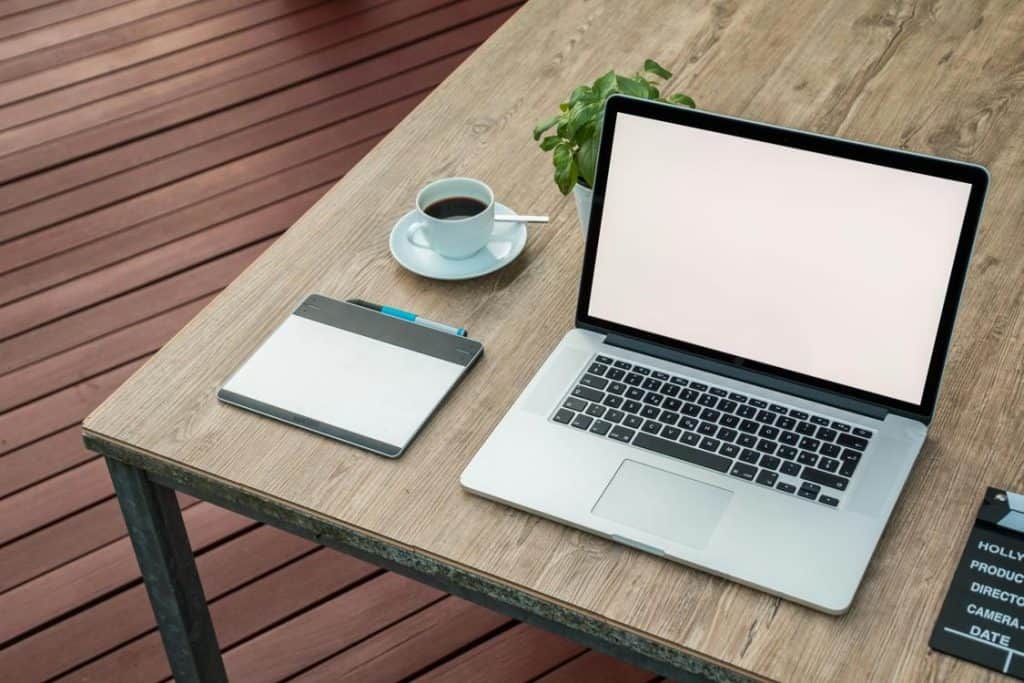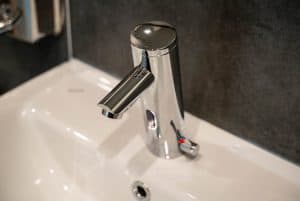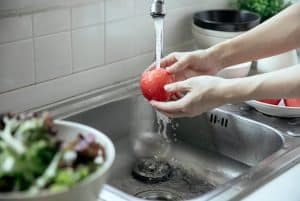Your laptop’s biggest enemy isn’t a stealthy program designed to hack into your data or destroy its hardware. Instead, it’s you.
From small restarts to long wait times, your bad habits will eventually wear down its systems, like overheating, screen damage, and slow performance. Here are some of the worst computer habits you should break: 1. Overheating.
1. Overheating
Overheating is one of the biggest threats to laptops. It can cause permanent damage to sensitive components, system instability and even data corruption. It can also significantly reduce the lifespan of the hardware.
Laptops have special fans and vents that help to keep them cool. However, they can overheat if they’re not properly maintained or if environmental factors overwhelm their cooling systems. For example, if you place your laptop on a soft surface like a bed or pillow for long periods of time it will block the air vents and prevent them from dispersing heat properly. Also, if your laptop is exposed to direct sunlight it may overheat.
The most obvious sign that your laptop is overheating is when it becomes hot to the touch and the fan starts to spin loudly. You might also notice a general slowdown in performance or sudden shutdowns. In many cases, overheating can be avoided by regularly cleaning the fan and keeping it free of dust. Also, you can try to avoid running software that draws a lot of energy, such as video games and some streaming programs.
If your laptop is overheating for no apparent reason, you can run a hardware troubleshooter to check for any errors that might be causing it to overheat. These tools will fix any problems with your internal components and software that might be causing it to run inefficiently, which will reduce the workload on the hardware. Alternatively, you can update your operating system and any apps to the latest version to fix bugs that could be causing it to overheat. Lastly, you can use a cooling pad to raise your laptop off of any soft surfaces and prevent it from blocking the air vents.
2. Dust
Most of us consider dust a nuisance and, while it may make our electronic devices look dirty, it can actually cause permanent damage to their components. Over time, dust accumulates in fans and vents and blocks air flow, causing components to overheat and possibly shorting out.
Laptops are especially susceptible to overheating because of their compact design and the fact that they use internal fans to cool their innards. If left unattended, a laptop can overheat and shut down, leading to loss of data or hardware failure.
Dust also contaminates the air and can damage a laptop’s screen, keyboard, and track pad. Even a few specks of dust can cause the antireflective coating on the LCD to degrade, leading to dimming, blurring, and color inconsistency.
It’s important to clean your laptop regularly to keep it looking good and working properly. Keeping it on plush surfaces can block the airflow and cause overheating, while leaving it in direct sunlight can kill the battery and corrode the motherboard. Regularly wipe the screen with a lint-free cloth or lightly spray it with a multipurpose surface cleaner and make sure to keep pets and kids away from the keyboard and mouse.
While the biggest contributor to indoor dust is human shedding skin, pollen grains, fabric fibers, and pet dander, other biotic substances can make their way into dust as well. These can include bacteria, mold spores, and fungi, which can be a problem for people with respiratory allergies or asthma. Some particles are so small they can be inhaled directly into the lungs, where they can irritate lung tissues and enter the bloodstream. Even larger sized particles can irritate the eyes, nose, and throat.
3. Liquid Damage
If you’ve ever dropped your laptop, you know how devastating it can be. It may just leave a slight scratch or crack on the screen, but it could also render it unusable. It depends on the height of the fall, how wet it was, and whether any internal components were affected.
Liquid damage is especially destructive, as water and moisture conduct electricity and can short circuit electronic components. This can lead to data loss, operating system corruption, or even complete device failure. If your laptop has been exposed to liquid, the best thing to do is turn it off immediately and open it as much as possible to drain any excess fluid. Next, remove all external devices and accessories such as USB mice, storage devices, and the mouse, and prop it up on a towel in a warm, dry area. You should also try to transfer any data from the hard drive before attempting to power it on again.
It’s always a good idea to backup all of your important data to an external storage device in case this happens to you. If you do not have a backup, it is likely your data will be lost permanently.
If your laptop is experiencing any of these problems, it is likely time for a repair. Taking preventative measures will help you extend your computer’s lifespan and keep it running optimally for years to come. By preventing these common laptop problems, you can save yourself from expensive repairs and replacements in the future. Invest in preventative maintenance by regularly cleaning vents and fans, keeping liquids away from your computer, and using a protective laptop case to avoid physical trauma.
4. Corrosion

With the right care, your laptop can last quite a few years before it needs to be replaced. However, like many of us, your electronic buddy can fall victim to certain bad habits that shorten its lifespan and make it prone to malfunctions.
Corrosion is a natural phenomenon that occurs when metals react with substances in the surrounding environment, usually by electrochemical processes. This reaction creates unwanted compounds such as rust, patina, or corrosion products. The result is the slow, unnoticeable destruction of the material in question. Although it is often thought of as a nuisance, corrosion can cause many serious problems. It has caused bridges and buildings to collapse, oil pipelines to leak, and even spoiled works of art.
Almost all metals are susceptible to corrosion. However, some are more prone to deterioration than others. This is due to their chemical instability in certain environments. Only the noble metals (gold, silver, and platinum) are found in nature in their pure metallic state; all other metals are processed from minerals or ores. This processing changes the chemical structure of the metals, making them unstable in some environments.
While corrosion can be destructive, it also can be beneficial. For example, the greenish patina that covers the Statue of Liberty’s iron frame acts as a protective layer against rust damage. Corrosion has also helped preserve the Statue of Liberty and other historic monuments, as well as many modern building materials and industrial equipment.
Using your laptop in the proper environment, following best practices for battery care, and deploying surge protectors can help you get the most life out of your electronic buddy. But if you notice your laptop shutting down or freezing in its tracks more frequently than usual, it’s time to break these bad habits and pick up some new tech.
5. Malware
Malware, or malicious software, is designed to damage computer systems and mobile devices, steal data and disrupt normal operations. It may also cause the device to slow down, become sluggish or even stop functioning altogether. While there are many different types of malware, some of the most common include worms and viruses, adware, spyware and ransomware.
Cyber criminals are experts at making malware look like a legitimate file or program, which can be difficult for users to identify. Other warning signs of malware are a sudden loss of disk space, sluggish apps and unexpected internet activity that is not consistent with your typical usage habits.
While Windows computers are typically targeted for malware attacks, hackers have been known to target Macs as well. In fact, the 2020 State of Malware Report found that for the first time ever, malware threats to Apple devices outnumbered those to PCs.
Some types of malware are more harmful than others, with the most damaging being those that take complete control of a device. This is referred to as remote control or rootkit malware and allows attackers to make changes to the system that would otherwise require administrator privileges. It can be accomplished by using an infected removable drive, a Trojan horse that is hidden in another app or by stealing credentials. Other types of malware perform data espionage by spying on the user’s online activities, including keystrokes, web camera and microphone captures and screenshots. Still other malware can appear as a pop-up alert to trick the user into downloading fake security software or scareware. The infamous WannaCry ransomware is an example of this type of malware. It locks a user’s device until they pay a ransom to unlock it.




